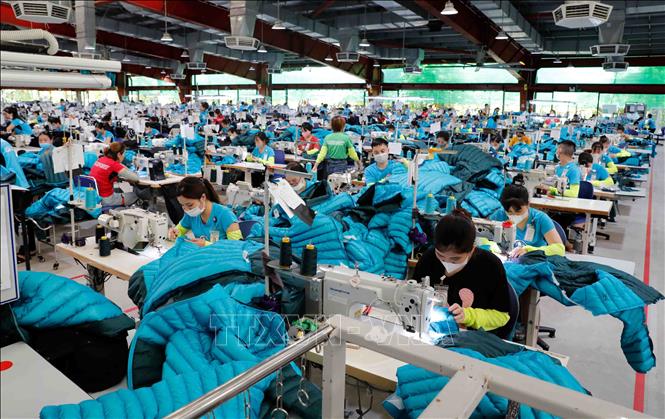
Circular transformation is the key to sustainable development, increasing added value and ensuring viability, helping businesses gain a competitive advantage in the future.
Raw materials and rational recycling
Circular economy is an economic model that aims to use resources efficiently, save resources, recycle waste, and contribute to environmental protection, bringing economic efficiency. Circular economy includes 3 core contents: Minimizing emissions to the environment through optimal use of resources and energy; reusing, repairing, and maintaining to extend product life; recycling and utilizing scrap and waste as production inputs.
As one of Vietnam's export pillars, the textile and garment industry is making constant efforts to develop according to the circular economic model. In the period of 2025-2030, the Vietnamese textile and garment industry aims to develop in depth, innovate, apply technology, improve productivity, and reduce dependence on manual labor.
According to experts, the goal of applying circular economy in the textile industry includes eliminating raw materials and microfiber emissions, increasing product life cycle, rational recycling, using raw materials and fuels efficiently and switching to renewable energy; in which, the first step - eliminating raw materials and plastic microfiber emissions - is the foundation, of great significance for the circular chain.
"Ensuring that input materials are safe and healthy to allow for circulation and avoid negative impacts during production, use and post-use stages. Materials related to health or the environment are specifically designed and do not use any pollutants such as plastic microfibers, dyes, additives...", Associate Professor, Dr. Nguyen Thi Thanh Phuong, Director of the Institute of Environmental Industry, emphasized.
To move to a circular economy, textile and garment enterprises need to reduce the use of fossil virgin fibers, increase the proportion of recycled polyester; develop regenerated cellulose fibers to replace polyester; design products with monofilament fibers (100% cotton, 100% polyester) for easy recycling; use biological materials to partially replace polyester. Many studies show that while conventional polyester takes 500-1,000 years to completely decompose, recycled polyester materials when buried in the ground can decompose up to 68.8% after 180 days.
At the same time, switch to water-based dyes, less toxic, easily biodegradable. Apply new dyeing technology such as supercritical CO₂ dyeing, foam dyeing, plasma dyeing.
Meanwhile, achieving a reasonable recycling target requires adjusting the way clothes are designed and recycled. Currently, clothing is often designed and manufactured without considering what happens when the garments are no longer usable. Experts say that targeting a wide range of materials and developing efficient recycling processes for these materials is an important step in scaling up recycling, as is developing new materials.
According to the Vietnam Textile and Apparel Association (Vitas), in Vietnam, there are a number of enterprises such as TCM - Thanh Cong Textile and Garment that have been promoting product diversification, especially environmentally friendly products, recycled products and high-value products, with a closed production process from fiber - weaving - dyeing - sewing, sustainable development (ESG), increasing the use of 3 types of materials: polyester, viscose, recycled cotton.
Rational recycling in the textile industry is also linked to the need for technological innovation, application of high technology, green technology to improve the economy and quality of recycling. Dr. Nguyen Thi Thanh Phuong, Director of the Institute of Environmental Industry, said that there should be a general innovation program to focus efforts and investment on recycling technology for conventional materials; improving sorting technology will also support improving the quality of recycling by providing clearly defined raw materials.
Textile and garment enterprises also need to invest in technology to support waste reduction and reuse (software to optimize cutting diagrams, wastewater filtration system - water reuse, technology to recover heat from wastewater, automatic fabric scrap sorting system, waterless dyeing technology, chemical-less dyeing).
Developing green technology and green products
As the core of the textile and garment industry, the Vietnam Textile and Garment Group (Vinatex) aims to achieve double-digit growth by 2030, develop sustainably according to the circular economy, and build its own export brand. Mr. Le Tien Truong, Chairman of the Board of Directors of Vinatex, said the key solutions include: Digital and green transformation; investment in 4.0 technology; corporate restructuring; developing domestic and foreign markets; improving governance models; linking economic development with national defense and security; building corporate culture and comprehensive human resource development.
Currently, Vinatex's green product ratio has reached 25%; the entire system has put into production fiber products from recycled materials, increasing every year, reaching 17,864 tons by 2024. The production model has also been strongly transformed from traditional simple processing (CMT) to high value-added methods such as FOB and gradually perfected to convert to ODM and OBM methods. Vinatex has invested in research centers, developed green products, functional fabrics, proactively adapting to globalization trends.
With the goal of greening, Agtex 28 Corporation has also innovated its production model, strongly applied science and technology, closed operations from spinning, weaving, dyeing to sewing finished products and direct distribution to the market; in which, Agtex 28's textile industry uses modern equipment and technology, highly automated, synchronized from weaving to dyeing, finishing, processing and environmental protection, produced by leading textile equipment manufacturers in Switzerland, Germany, and Belgium. In 2025, the new unit will invest in a series of weaving machines from Toyota - Japan, ensuring the target of reaching 3 million meters of printed fabric, 18 million meters of dyed fabric, and 2,500 tons of yarn each year.
Vietnam's textile and garment industry currently plays an important role in the national economy; textile and garment exports are worth 44 billion USD in 2024, holding the second position in the world . The target for 2025 is 47-48 billion USD. Up to now, Vietnam's textile and garment industry has expanded its exports to 132 markets, the largest of which is the US, followed by CPTPP, EU, Korea, China...
The circular economy direction of Vietnam's textile and garment industry aims at sustainable development, environmental protection, human health, contributing to the implementation of the national and global common goal of Net Zero, while also taking advantage of opportunities to improve competitiveness, maintain the leading export position by meeting strict standards on green products of importers.
According to the recommendations of the Sustainable and Multifunctional Textile Research Group (Saxion University of Applied Sciences, the Netherlands), in order to integrate into the EU market alone, Vietnamese enterprises must comply with a series of regulations of current European law; including the EU Waste Framework Directive (requiring separate collection of textile waste by 2025 in all EU member states; encouraging reuse and recycling instead of incineration or landfill...); REACH Regulation (restricting the use of toxic chemicals in textile production; promoting safer alternatives and transparency in the use of chemicals throughout the supply chain); EU Sustainable and Circular Textile Strategy (aiming for textile products brought to the EU market to be durable, repairable and recyclable; produced mainly from recycled fibers; free of toxic substances).
Source: https://doanhnghiepvn.vn/kinh-te/kinh-te-tuan-hoan-giup-det-may-viet-nam-chiem-uu-the-canh-tranh/20250721084053726



![[Photo] Prime Minister Pham Minh Chinh meets with Speaker of the Hungarian National Assembly Kover Laszlo](https://vphoto.vietnam.vn/thumb/1200x675/vietnam/resource/IMAGE/2025/10/20/1760970413415_dsc-8111-jpg.webp)
![[Photo] National Assembly Chairman Tran Thanh Man holds talks with Hungarian National Assembly Chairman Kover Laszlo](https://vphoto.vietnam.vn/thumb/1200x675/vietnam/resource/IMAGE/2025/10/20/1760952711347_ndo_br_bnd-1603-jpg.webp)
![[Photo] Solemn opening of the 10th Session, 15th National Assembly](https://vphoto.vietnam.vn/thumb/1200x675/vietnam/resource/IMAGE/2025/10/20/1760937111622_ndo_br_1-202-jpg.webp)
![[Photo] Chairman of the Hungarian Parliament visits President Ho Chi Minh's Mausoleum](https://vphoto.vietnam.vn/thumb/1200x675/vietnam/resource/IMAGE/2025/10/20/1760941009023_ndo_br_hungary-jpg.webp)
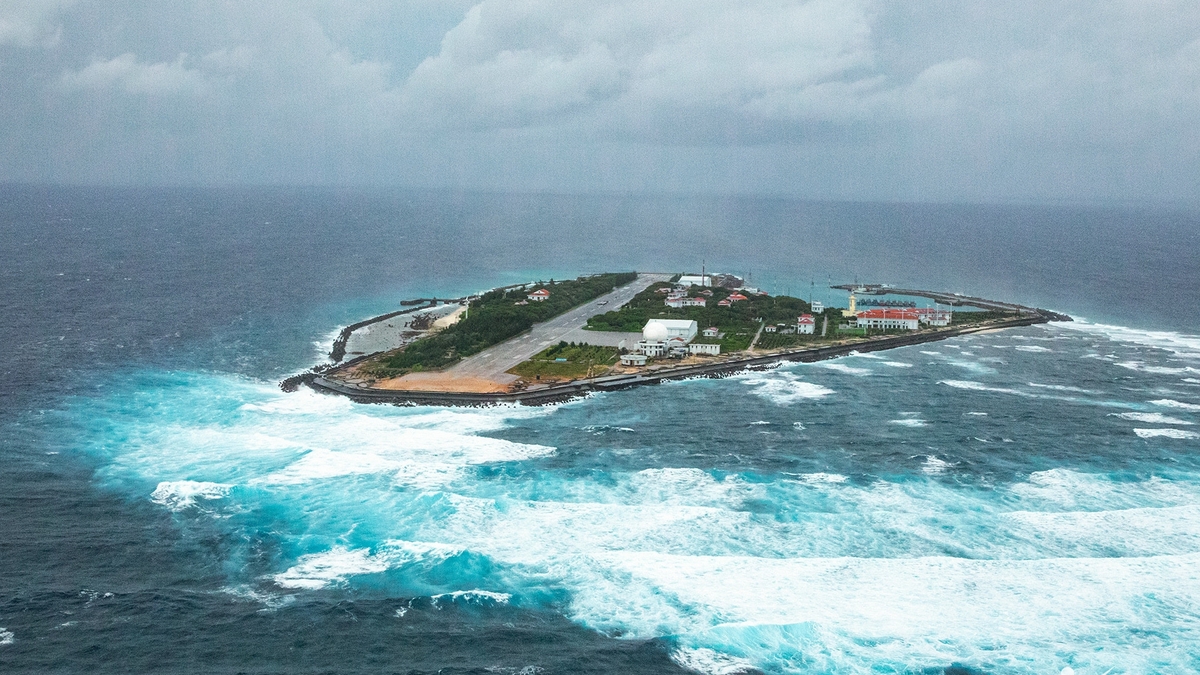
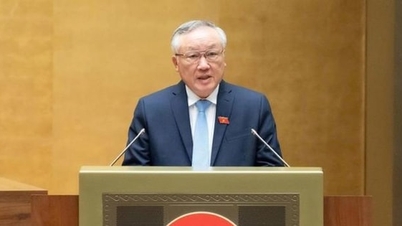

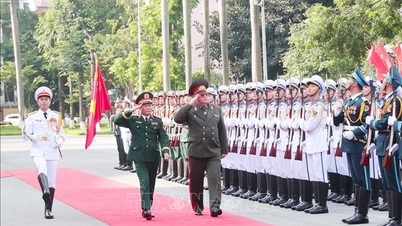

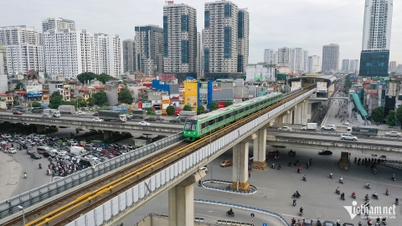




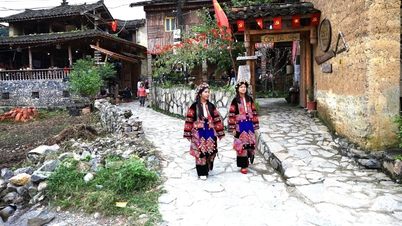
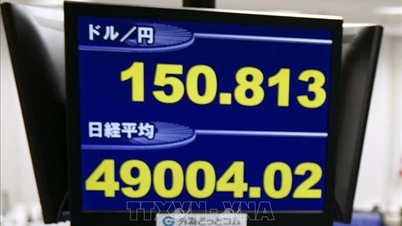
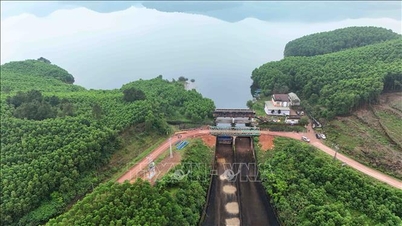
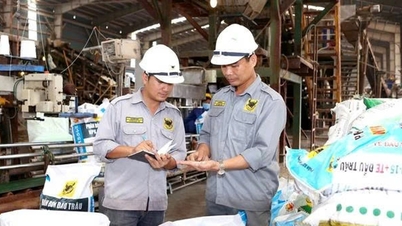


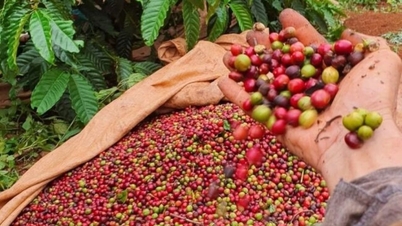






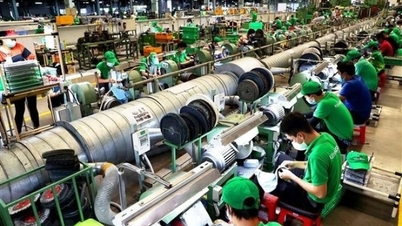
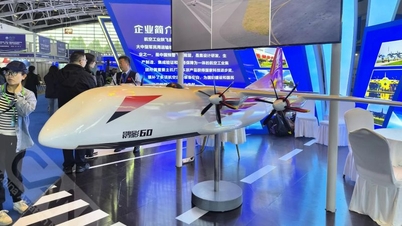

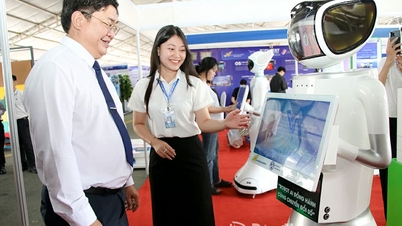



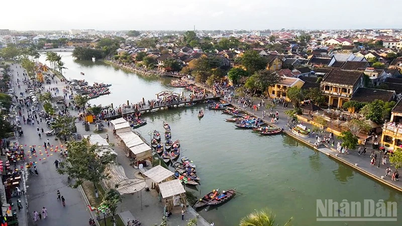



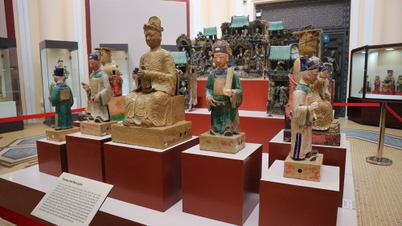
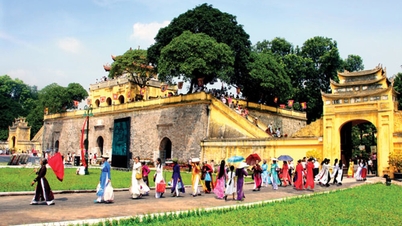


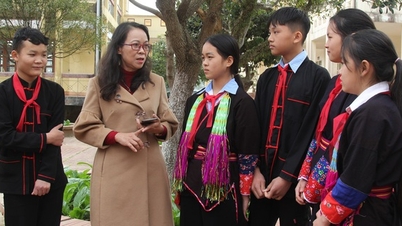

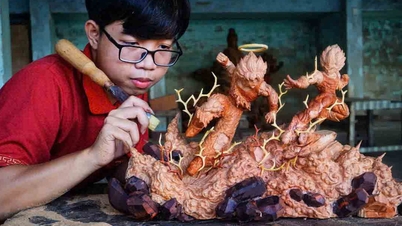

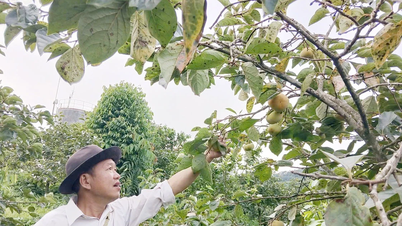



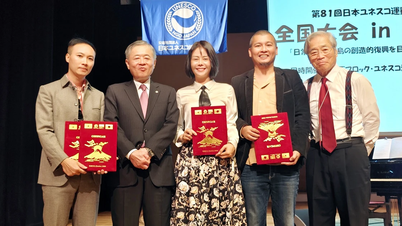
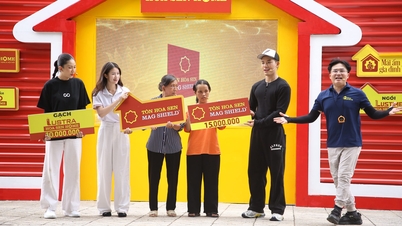



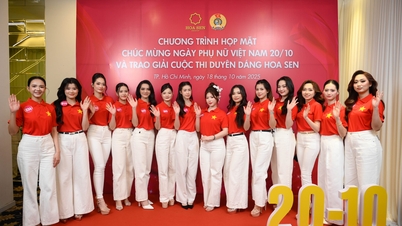
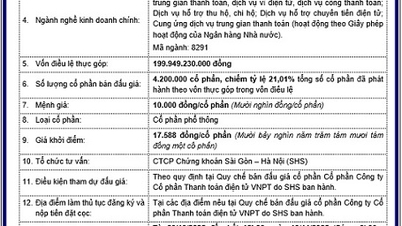
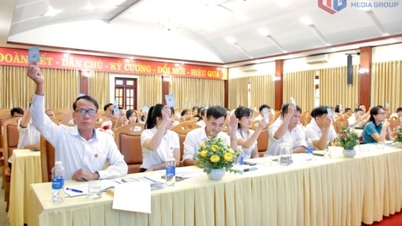

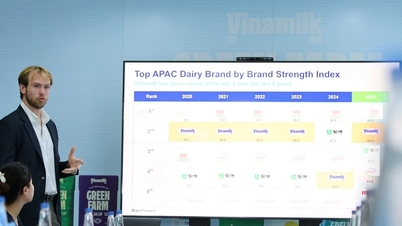



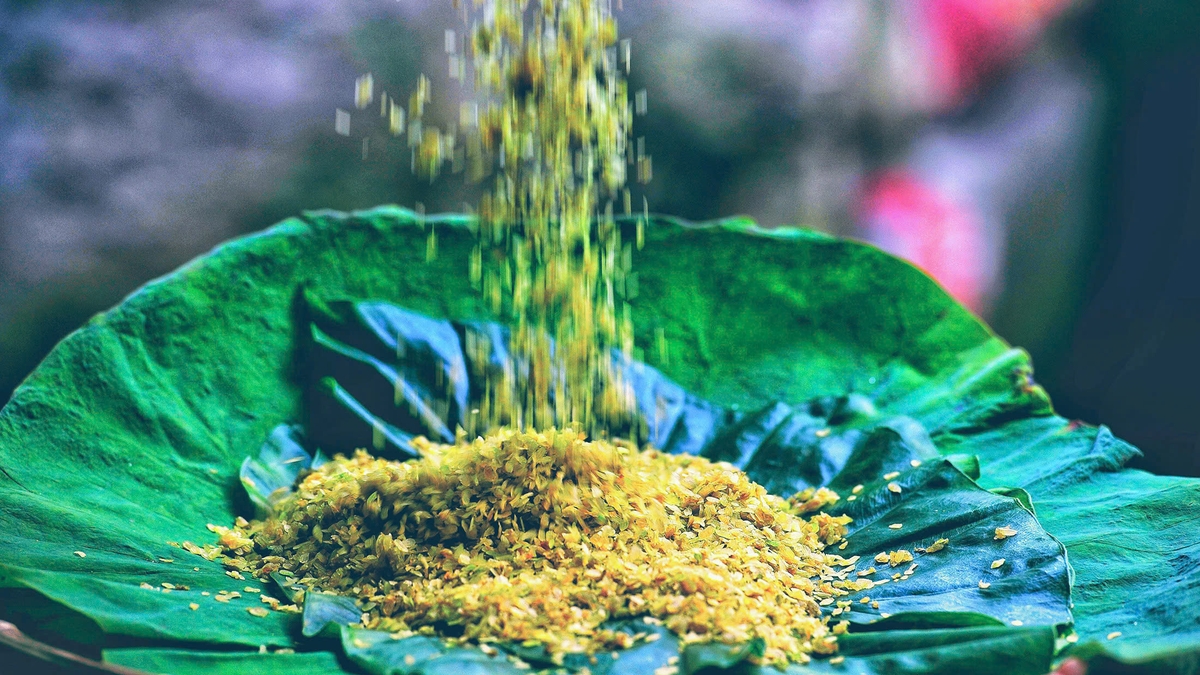
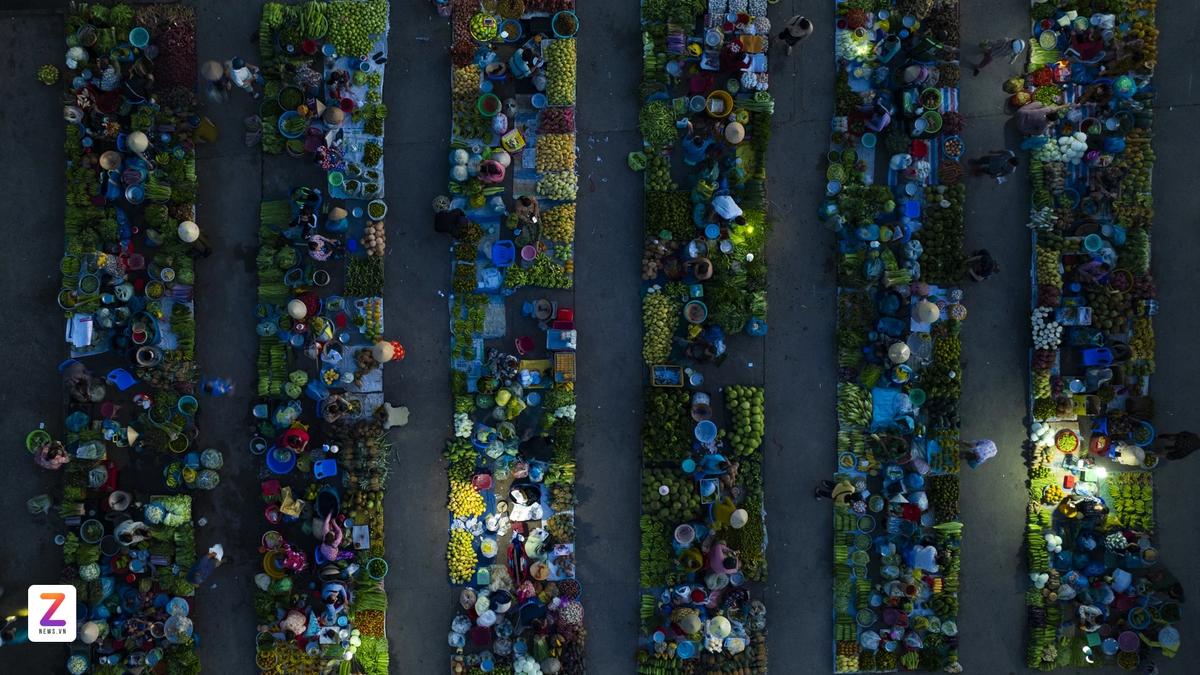

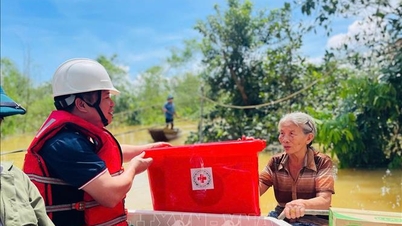

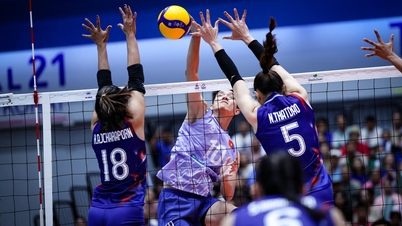

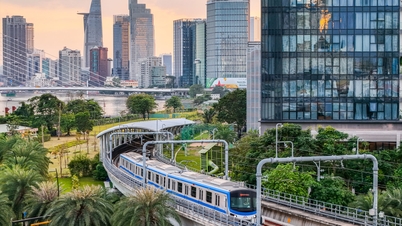

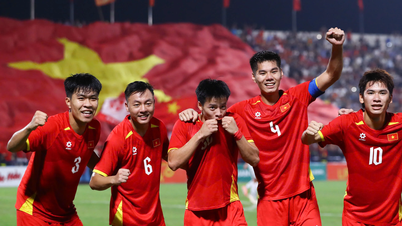
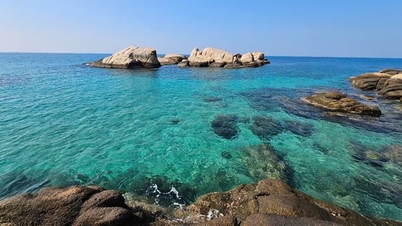

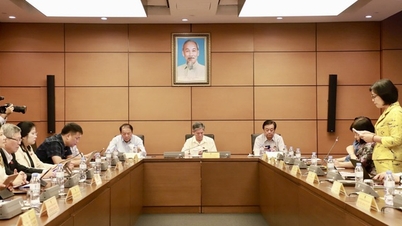
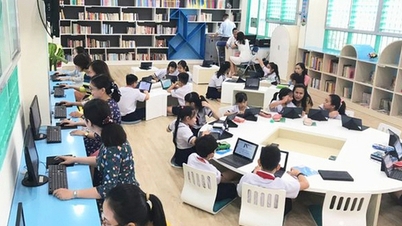

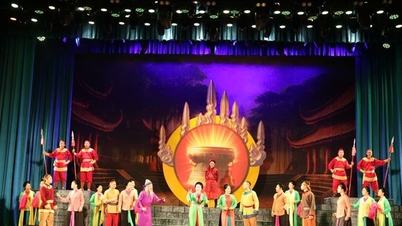

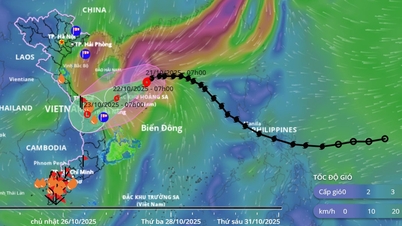

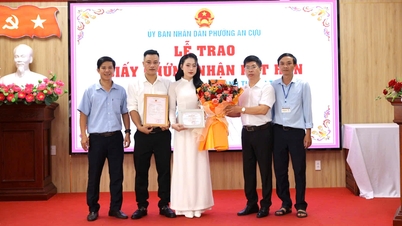

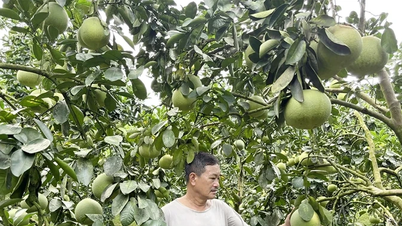

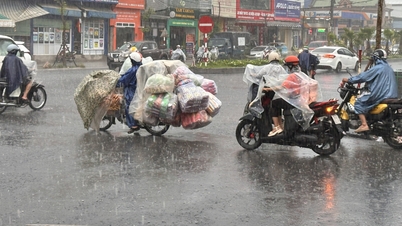
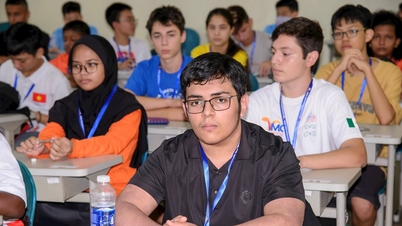

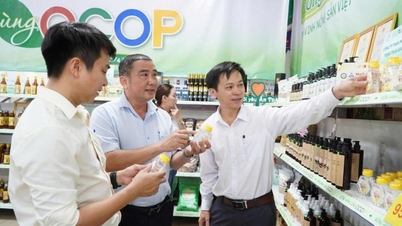







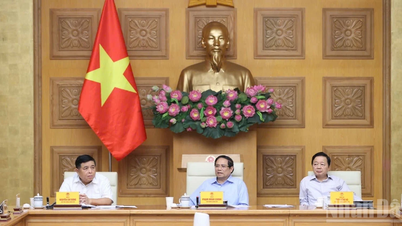
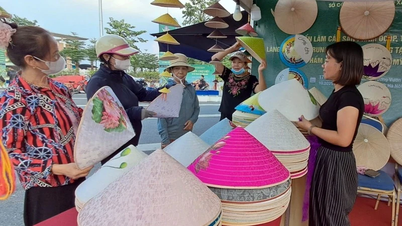
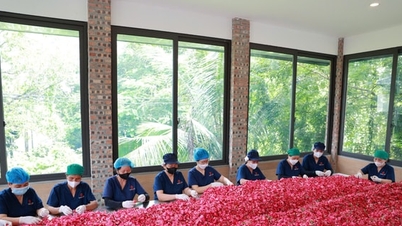





Comment (0)